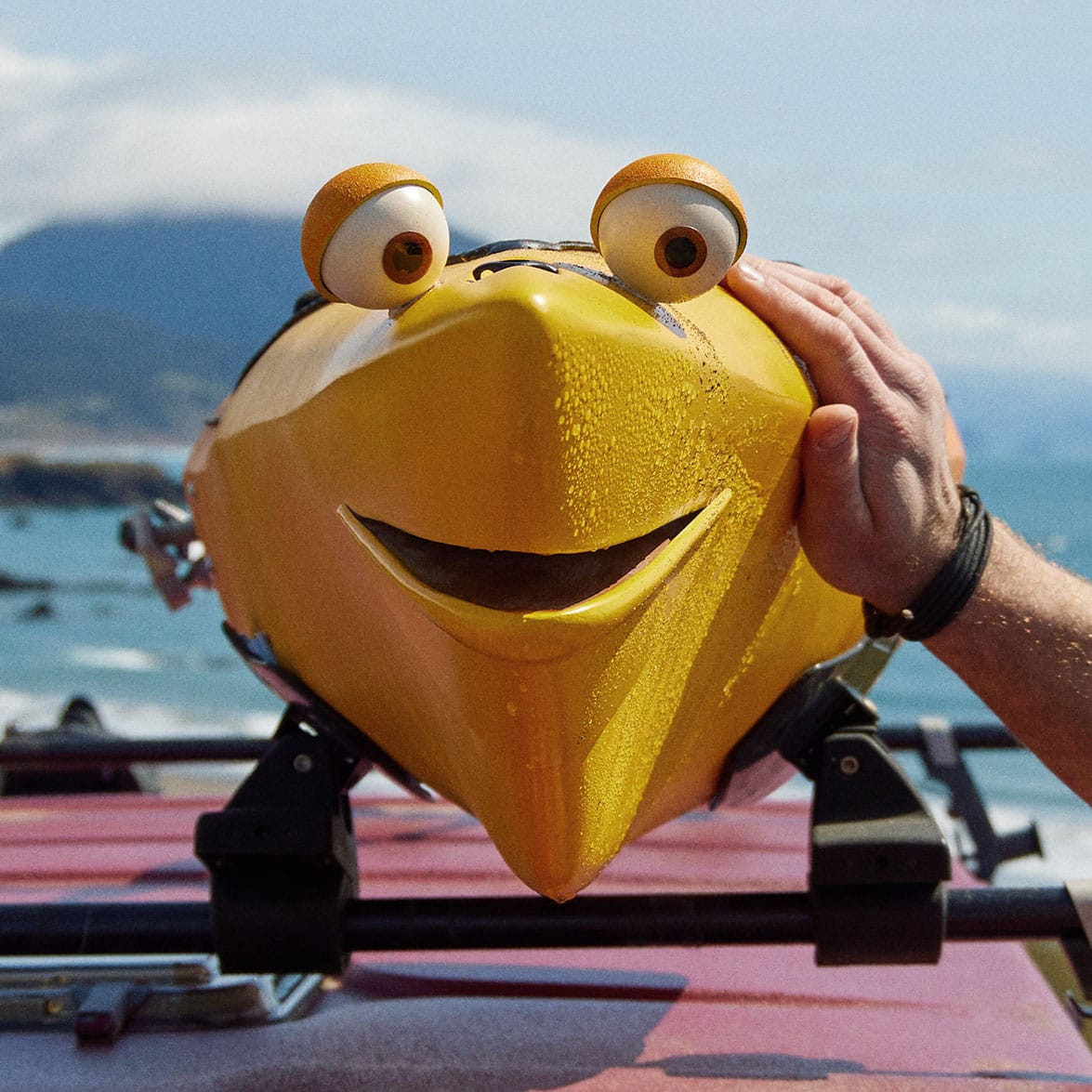A 2,558-acre refuge that offers excellent wildlife observation areas, trails that meander through wetlands, upland prairies and oak/ash forest and interpretive exhibits.
Created for Dusky Canada Geese, this refuge has expansive wetlands, fields, and oak savanna and woodland. Trails, pullouts, observation platforms and overlooks provide excellent wildlife viewing opportunities. Along with Dusky Canada Goose, other subspecies of Canada Goose and Cackling Goose graze the fields as large flocks in winter, when Northern Harrier, Red-tailed Hawk, and Rough-legged Hawk hunt over the fields.
The fields are among the best places in the Willamette Valley to see Streaked Horned Lark, as well as American Pipit and (rarely) Lapland Longspur. Wetlands host wintering waterfowl, swans, Great Egret, Bald Eagle, and Peregrine Falcon, with Gyrfalcon and Golden Eagle in some winters. In spring look for Cinnamon Teal and American White Pelican along Coville Road or walk dike road south of the Baskett Butte trailhead to see nesting Yellow-headed Blackbird and Wilson’s Phalarope. The north end of the refuge has become a reliable place to see White-tailed Kite and Northern Shrike. The Morgan Lake access (at the intersection of Smithfield & Livermore roads) is a good spring and late-summer shorebird spot. The oak woodland and savanna of Baskett Butte hosts Western Wood-Pewee, Hutton’s Vireo, White-breasted Nuthatch, Black-throated Gray and Orange-crowned Warblers, and Lazuli Bunting. Baskett Butte holds the largest remaining population of the endangered Fender’s blue butterfly and its host plant, the Kincaid’s lupine, as well as other rare upland prairie flowers.
Most of the refuge interior is closed to public entry while the geese are in residence from October through March though Baskett Butte trail and several viewing areas are open year round.

